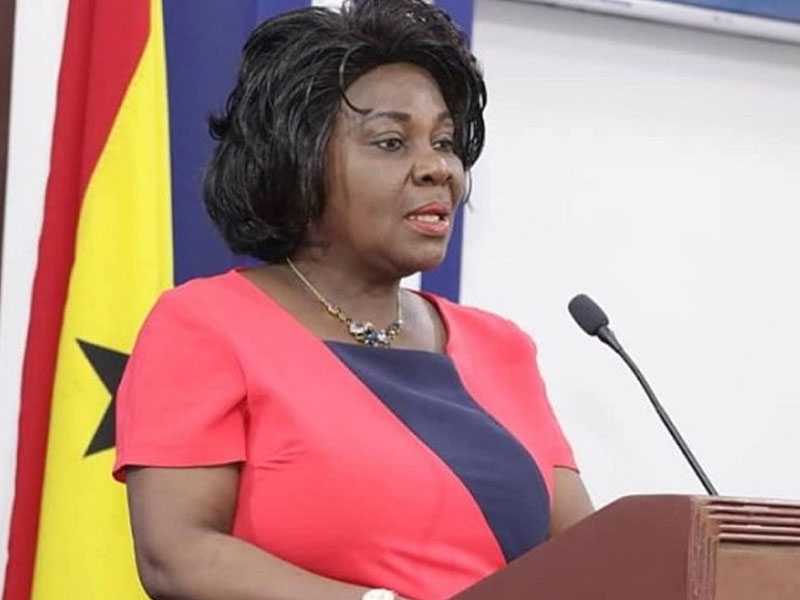She, however, explained that the extent of deterioration varied according to the river system and river basin.
Ms. Dapaah said these on the floor of Parliament, in Accra, yesterday, in an answer to a question asked of her by the Member of Parliament (MP) for Kwesimintsim, Dr Prince Hamidu Armah, who wanted to know the state and the quality of Ghana’s water resources.
The minister said: “the Volta river system and the coastal river made up of Densu, Ayensu, Ochi Nakwa, Ochi Amissah, Kakum, Butre, and Todzie Aka basins, are of fairly good water quality. But the southern river system made up of Ankobra, Pra, Tano, and Bia rivers are classified as polluted”.
Ms. Dapaah noted that on the other hand, “the quality of naturally occurring groundwater resources is generally good for multipurpose use except for some cases of localized pollution and high level of iron, fluoride and other minerals”.
She said in terms of quantity, the country is sufficiently endowed with both surface and underground resources.
Ms. Dapaah said the total actual renewable freshwater resources which was surface water, were estimated to be 53.2 billion cubic meters per year, of which about 14 percent was withdrawn and used annually.
She said of the 14 per of water used annually, “irrigation takes 68 percent, domestic usage takes 20 percent, industrial purposes uses 10 percent, and other uses two percent.”
The minister said the amount of water available changed markedly from season to season, adding that the water distribution within the country was also not uniform with the southern part being better watered than the coastal and northern regions.
Ms. Dapaah stated “Mr. Speaker, in addition to the surface water resources, groundwater is also available and occurs according to the local geology. About five percent of the urban water supply and 95 percent of rural water supply are sourced from groundwater.”
She noted that there has been a proliferation of groundwater for households and small to large-scale commercial bottled water companies.
Ms. Dapaah said, “however, initial assessment of groundwater recharge and development suggests that it would be sustainable at least in the foreseeable future”.
The minister disclosed that illegal mining, popularly known as ‘galamsey,’ affected about 22 percent of “our surface water resources with contaminants and pollutants such as mercury.”
